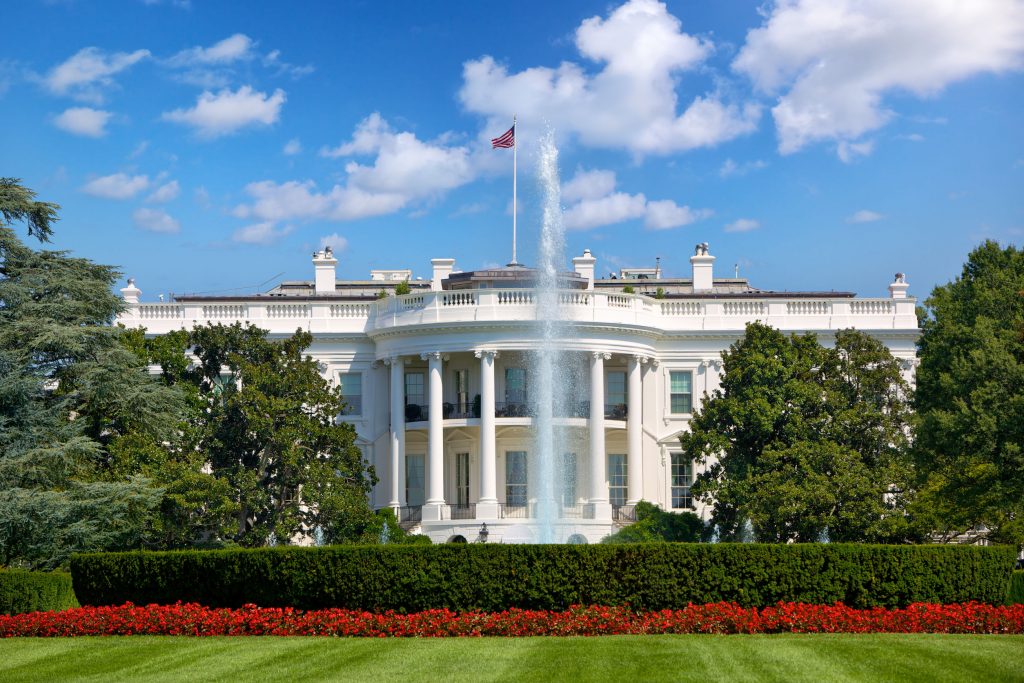What it means for normalcy to return to White House communications
After four years of President Trump’s unorthodox approach to government messaging and public engagement, one comms pro argues that it’s time to find again what was what the norm.

Regardless of party, all Americans should rejoice in one result of the 2020 elections: the return of well-planned, positive, carefully crafted presidential messaging and traditional media operations.
On Monday, Nov. 9, just 48 hours after winning the election, President-Elect Joe Biden released a simple, yet effective statement which extolled the announcement from Pfizer that its COVID-19 vaccine is predicted to be 90% effective. Biden’s 232 words struck the right tone of excitement, tempered optimism and pragmatic realism. It reminded Americans that the fight against the virus is far from over and the best protection against it remains the careful pursuit of science. It ended with the following:
America is still losing over 1,000 people a day from COVID-19, and that number is rising — and will continue to get worse unless we make progress on masking and other immediate actions. That is the reality for now, and for the next few months. Today’s announcement promises the chance to change that next year, but the tasks before us now remain the same.
The same morning, the outgoing commander-in chief fired his defense secretary, Mark Esper, with two tweets totaling 51 words and ending with “… Mark Esper has been terminated. I would like to thank him for his service.”
The tone of the dueling statements could not have been more striking. Biden has since announced an all-female White House communications team, which promises to offer a stark departure from the Trump administration’s approach to messaging.
The weight of words
I have been a student of history and a lover of words for as long as I can remember.
“The better angels of our nature…,” “… nothing to fear but fear itself…,” and “… ask not what your country can do for you…” are not empty rhetoric uttered by the temporary holders of a constitutional office. Rather, they are examples of the best our country has had to offer at the times when we needed them the most.
After falling in love with the romantic, Capra-esque nature of politics, I spent time on more than a dozen political campaigns and a decade in government, including working for a senior member of the House of Representatives and in the office of the governor of New York.
Since 2013, I have been fortunate to work on the agency side of communications and public relations, where I have represented Fortune 100 companies, public-private partnerships, small businesses, and everything in-between. I know the value of strong communications efforts from simple press statements to complex, 360-degree media strategies designed to protect or increase the reputation of a candidate, elected official or a commercial brand. I enjoy and respect the time and effort it takes to put just the right words into the right sequence to best inform a brand’s customer base, stakeholders and the general public.
Words matter, and the words of a president or a CEO matter immensely. Statements designed to communicate a message reflect their thoughts and, by default, the thoughts of their organizations. They should be constructed carefully to reflect the views of both. Every word should always be wisely chosen, keeping in mind the audience, voice, substance and effect.
Past administrations of both parties have been mindful of this fact for decades.
Beginning with Herbert Hoover, who established the press secretary position, the public relations of a White House have been full-time endeavors. His successor, Franklin Roosevelt, ever mindful of the power of his own words, transformed the media operations by hosting press conferences in the Oval Office and conducting his famous fireside chats.
Since 2016, the American people have seen the direct, forceful version of political messaging. Instead of long press conferences or daily briefings, President Trump has used his personal Twitter account (often retweeted by the official White House account instead of publishing own original content) to communicate directly with his followers and the media, which amplifies his messages free of charge.
There is an undeniable cost to that delivery method.
While Americans have been treated for the first time to the unfiltered thoughts of the president, we have also been spared the complexity of issues and the nuance of their ramifications. Press statements or primetime Oval Office speeches designed to calm stock markets or quell a riled citizenry—of our country and the world—have been traded for the inflammatory tweets. The head of the United States government delivering messages in 280 characters is the corporate equivalent to the executive summary of a quarterly earnings report posted solely on Instagram.
When Biden assumes the presidency in January, not everyone will be happy, to be sure. Many will knock his policies. Some will criticize his dealings with Congress. While yet others may simply bemoan his personal characteristics.
What many will welcome though, is the thought and effort that will once again go into White House communications efforts. Instead of tweets, we will see 1,000-word statements or detailed press releases explaining a subject in full, while offering information, context and clarity to the American people.
To borrow a campaign phrase from Warren Harding, elected a century ago this month, it will be “a return to normalcy,” at least in terms of the power and design of the words that will come out of the office and the effect they will have on our nation and the world once again.
Ross M. Wallenstein is vice president of J Strategies, a communications and government relations firm with offices in New York City, Albany, and Boston. Previously, he served in the administration of former New York governors Eliot Spitzer and David A. Paterson and was an aide to former US Representative Gary L. Ackerman. Find him on Twitter @rosswallenstein.






